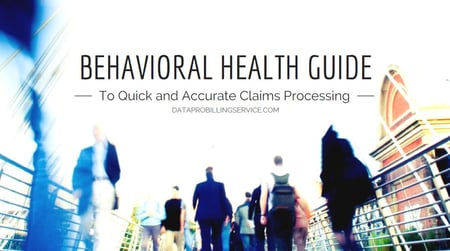Clear Your Outstanding Accounts Receivable for the New Year.
- Muhammad Sair Khan
- Oct 15, 2022
- 3 min read
Updated: Oct 15, 2022

A new year means a fresh start—not just for diet plans, but for medical facilities, too. It’s a time to review policies and processes and prepare for a successful 2019.
Your uncollected billing is one place that likely needs freshening up. Chances are, you have unpaid claims from 2018. These claims are taking up space on your accounts receivable report and preventing you from getting thousands of dollars of revenue you’ve earned.
Start the new year off right by combing through your accounts receivable report. By carefully examining each claim, you can decide whether to write it off or take action to get it paid. Follow this plan to get through your aging report and start the new year fresh!
List By Payor
Put all your unpaid claims in categories by payor. This will help you keep track of filing periods, follow-up procedures, and other rules that determine how you get the claim paid with each payor. Start with unpaid claims from private insurance companies and end with Medicare unpaid claims.
Start with the Oldest Claim
Many payors have filing deadlines of 60-90 days. If you haven’t submitted the claim or appealed a denied payment in this time, it’s unlikely you’ll be able to receive payment on these claims. These claims should be written off your accounts receivable report—unfortunately, you just won’t receive that payment.
However, Medicare and sometimes Medicaid have much longer filing periods, up to a year after services are rendered. You should always follow up on these unpaid claims and keep following up until you receive payment.
Check for Errors
Once you have pinpointed the claims that you may still receive payment for, check for easy fixes first. Even small typos can result in denied payment. By catching these small mistakes in a patient’s name or date of birth, you can quickly turn those claims into cash.
Check Denial Codes
The denial code may or may not clue you in to why the payment was denied. You may need to make updates to coding in the patient medical record or submit new paperwork to prove medical necessity. If the reason for denial is unclear, you can always call the payor for clarification. Keep records of your call to help with any future appeals.
Keep a list of denial codes to check for trends. You may notice many of your unpaid claims have the same denial code; that likely means they also require the same fix in order to receive payment. Fixing all these claims at once can be faster than taking each claim one at a time. You should also review your billing protocol to eliminate the chance of this issue happening in the future.
Have Records Ready
Many insurance companies are now asking for medical records to help process claims. Have these records complete and ready to go so you can get the insurance company all the information they need for a faster payment. The faster you give them the information they need, the faster that unpaid claim disappears from your accounts receivable report. As a best practice, your management staff should conduct monthly charting audits to make sure that the medical notes comply with insurance guidelines.
If you need help sorting through your accounts receivable report, Datapro billing offers a complementary accounts receivable review. We can help you identify errors that are preventing payment and follow-up with payors successfully. Contact us today to learn more.
_edited_edited_edited_edited.jpg)




Comments